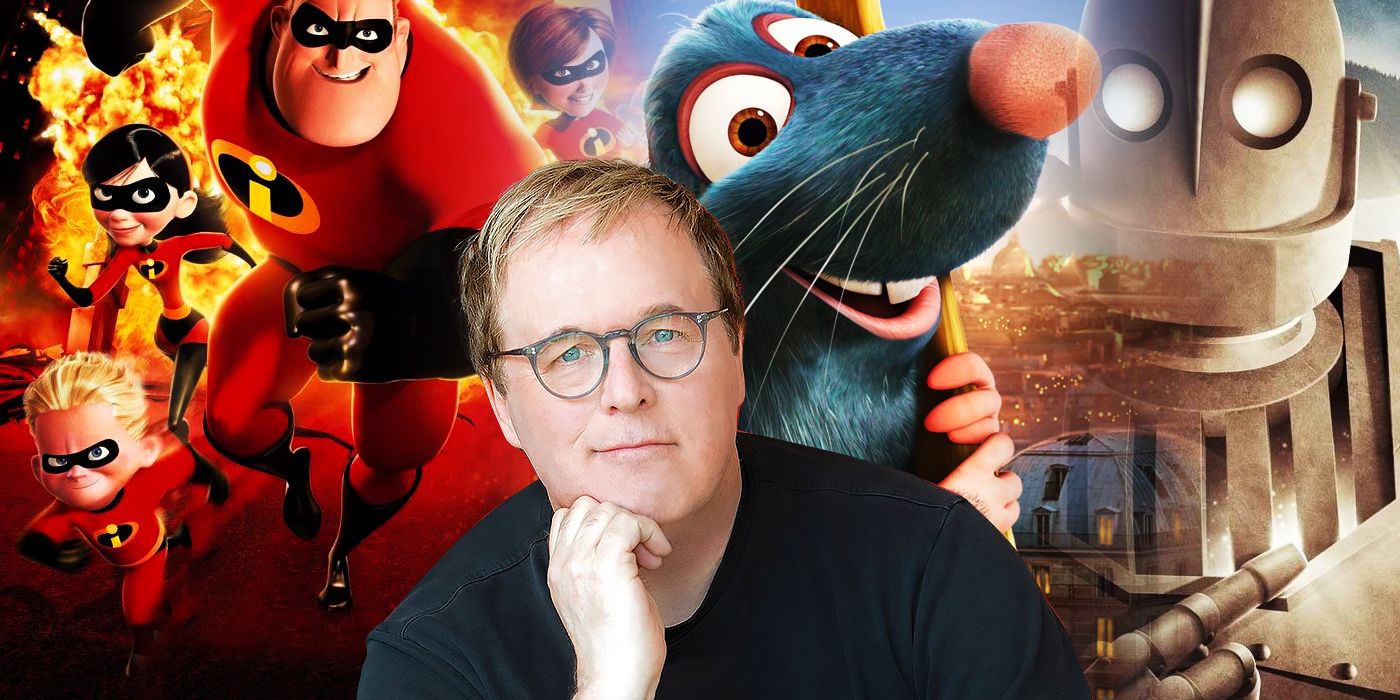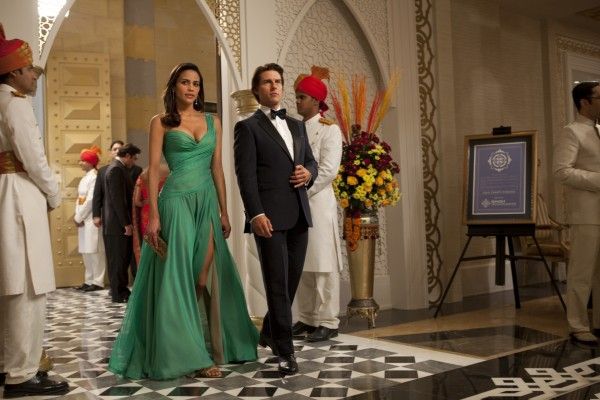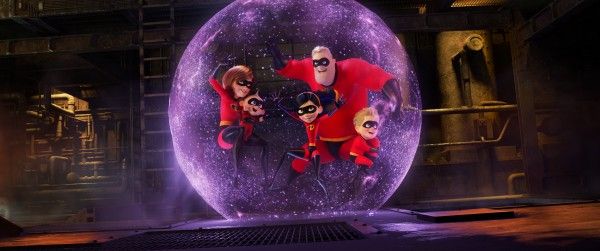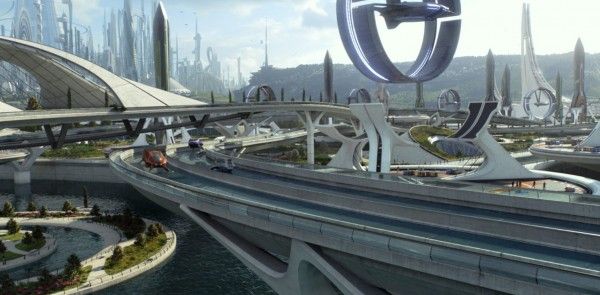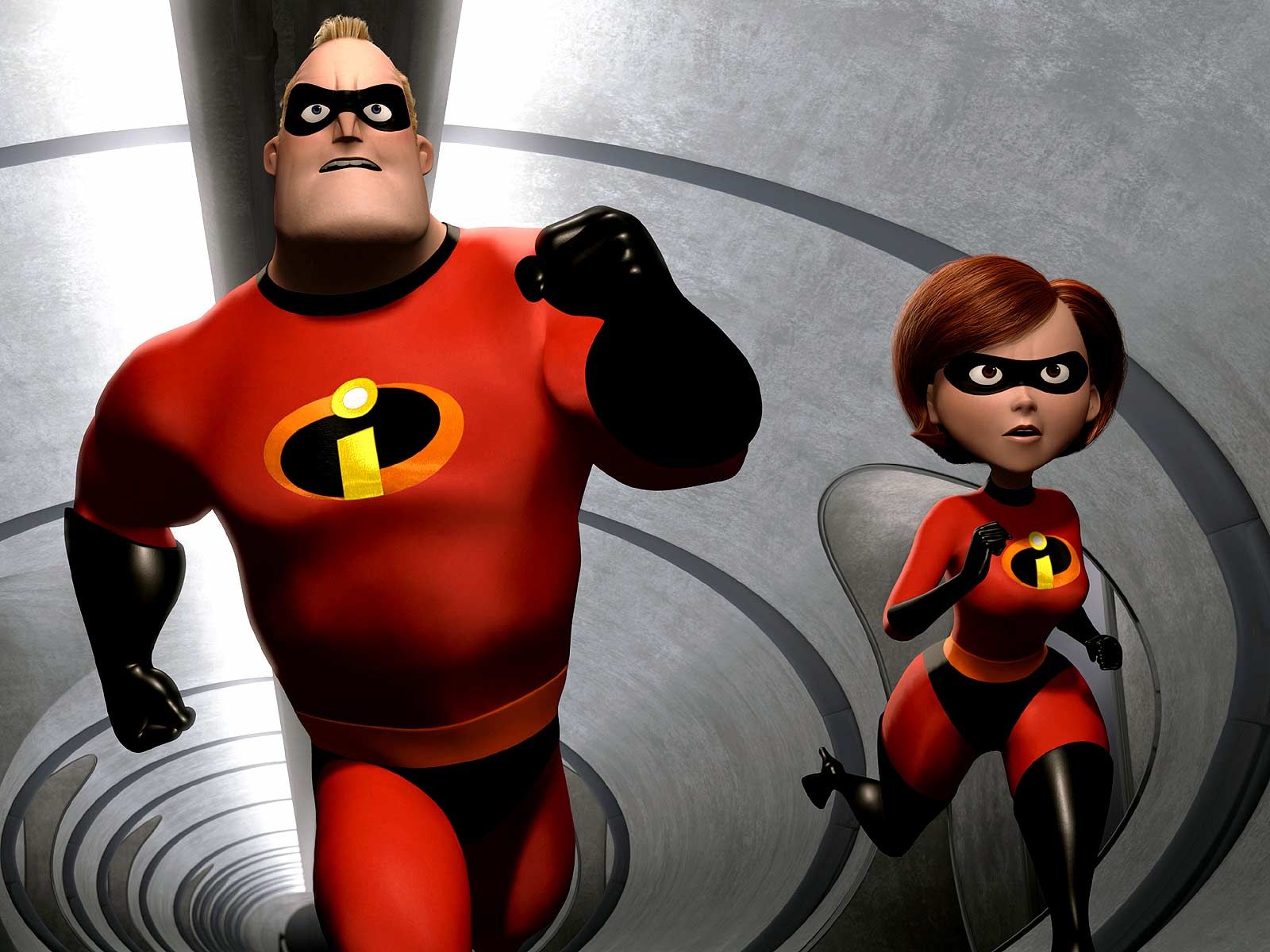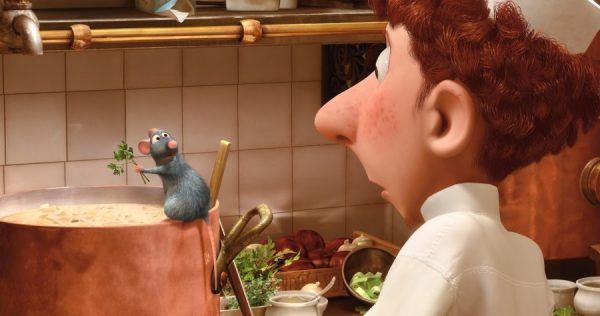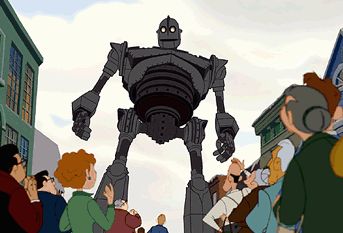In the 70s and 80s, the graduating classes of the California Institute of the Arts’ animation program were a melting pot of talented animators and filmmakers who would go on to become some of the most prominent figures in Hollywood. The Disney-founded school fostered up-and-coming directors and creators like Tim Burton, Genndy Tartakovsky, Henry Selick and Pete Docter, just to name a few, as they learned the principles of traditional character animation and general filmmaking at the feet of classically trained veteran animators. The classroom number A113 has even become a ubiquitously referenced easter egg within the animation culture as tribute to the alma mater of many an animator. CalArts graduates have gone on to become award-winners, studio heads and some of the most influential artists of the past twenty years.
One such CalArts alum is a director who has helped redefine the possibilities of mainstream animation and championed for the legitimacy of the artform as not being “just a genre for kids.” Brad Bird is about as hands-on as an animation director can be, wearing multiple hats on his films as director, writer, animator and even voice actor. He is also a member of Pixar’s internal creative Brain Trust, a team of Pixar elite that consults on each and every one of their films. As a director, he is one of the rare exceptions of an animator jumping mediums and finding success as an auteur in the realm of live-action as well, due to his ability to attribute classic filmmaking principles to his animation and dynamic visual expression behind the live-action camera. From cult classics to modern masterpieces, each of Bird’s films hits a different chord with its audience and finds a place in their hearts as something truly special.
6.) Mission Impossible: Ghost Protocol
Mission Impossible: Ghost Protocol is Bird’s inaugural dive into directing live-action films and is regarded by many critics as the best of the entire franchise. Released five years after 2006’s Mission Impossible III, fans initially feared that a fourth movie couldn’t meet the heights of the previous installments, especially with concerns that star Tom Cruise was getting too old to do the kinds of stunts that made him an action star. With Ghost Protocol, not only was the franchise given new life in a film that is as funny as it is daring, but Cruise pulls off one of the craziest stunts of the series by scaling the side of the world’s tallest building, the Burj Khalifa. It is also the series’ most suspenseful film with superspy Ethan Hunt and his team disavowed, a world on the brink of nuclear war and every piece of spy tech at their disposal malfunctioning, making the mission all the more impossible. With mind-bending stunts and a thrilling pace, Ghost Protocol proved that Bird was not just a gifted animator, but a great filmmaker.
5.) Incredibles 2
Nearly 14 years in the making, Incredibles 2 was a visually dazzling sequel worth waiting for, despite the familiarity of its script. The first family of Pixar returns to deliver more of the original’s witty blend of superhero antics and family drama, but that also is what holds it back from being a truly great sequel. The story feels redundant in essentially reversing the same plot of the original by having Helen (Holly Hunter) answer the call to adventure against a surprise villain while Bob (Craig T. Nelson) rallies the rest of the superpowered family to save her. Despite that, the updated animation stretches far past the already groundbreaking visuals of the original with even more thrill-a-minute action sequences, beautifully expressive character animation and visceral cinematography not commonly seen in animated movies today. As a long overdue Pixar follow-up, Incredibles 2 satisfies fans of the original and feels like a more natural story progression than some of the studio’s other sequel efforts like Cars 2 or Finding Dory.
4.) Tomorrowland
Of all the films based upon Disney Parks attractions, Tomorrowland is easily the most unique. Unlike Pirates of the Caribbean, Jungle Cruise or The Haunted Mansion, the film bases itself more on the ideology and themes of its Disneyland namesake over exact set pieces, experiences or narratives. Walt Disney envisioned the Tomorrowland of the parks to be a monument of humanity’s scientific potential and desire for a better tomorrow. The film takes the idea of an idealized future and turns it into a surprisingly poignant science-fiction fantasy. The Tomorrowland of the film is a tangible place beyond the limits of the real world where the best and brightest are free to create and innovate for a brighter future, but it falls into disarray as humanity has become complacent at the idea of apocalyptic doom, almost glorifying it. The film is also a rollicking action-adventure with narrow escapes and a technological spectacle worthy of Space Mountain. Tomorrowland champions the idea of an optimistic future built by dreamers who know that the way to a “great big beautiful tomorrow” is to fix today.
3.) The Incredibles
Bird’s original superfamily classic, The Incredibles represented a major turning point for Pixar Animation in its early days. In the five films that preceded it, the still relatively new studio was limited by the technology of the medium they were still practically inventing with each new film. Each production came with its own struggles and hinderances, which led to a lot of creative compromises and technological innovations that rippled into contemporary industry standards. With The Incredibles, the studio’s first film to star an entirely human cast, the workload nearly tripled that of their previous films as they broke new ground in how their films were made and the kind of films they could make. For 2004-grade CGI, the film still holds up incredibly well (pun intended) as a demonstration of virtually every kind of visual effect, clever camerawork, believably rendered textures and earnestly acted character animation. The film also elevated the kinds of stories Pixar could tell in their films. Under Bird’s direction, The Incredibles is a decidedly more grounded, dramatic, and action-packed film compared to the kid-friendly adventures of Toy Story through Finding Nemo. Thanks to The Incredibles, Pixar’s toolbox of animation tricks and storytelling sensibilities was expanded in one fell swoop and helped make films like Wall-E and Up possible in years that followed.
2.) Ratatouille
Ratatouille is one of those rare animated films that even non-animation fans celebrate as a great movie. Unlike most of the films Pixar, or even Disney, had released up to that point, it is not as overtly a “kids’ movie” as a typical studio animated film. While still starring talking rodents and featuring plenty of slapstick comedy, the film is also heavily dialogue intensive and at times does very little to cater itself to a childish audience, that even Pixar at its best has been known to do. Bird’s direction gives the simple set up of a rat who wants to cook in Paris a classically filmic elegance and artistic dignity that makes it a modern masterpiece for all ages. It is also one of the finest cinematic explorations of the broad Disney sentiment of “following your dreams”. The story of a humble soul with artistic aspirations achieving success against overwhelming adversity is a far more relatable and ironically more believable than any princess fairy tale. Much like Tomorrowland, Ratatouille preaches an old Walt Disney philosophy of optimistic passion being the key to achieving one’s dreams.
1.) The Iron Giant
The most popularly underrated film of all time, if that makes any sense. In recent years, Bird’s directorial debut The Iron Giant, which bombed spectacularly upon its original 1999 release, has enjoyed a resurgence in popularity as a cult animation favorite thanks to millennial nostalgia and a new life of viewership on streaming. The Giant himself, voiced in the film by Vin Diesel, has been capitalized on in merchandise, memes and even made cameo appearances in films like Ready Player One and Space Jam: A New Legacy among the most popular Warner Brothers characters. The Giant’s sacrificial final moments have also joined the ranks of the deaths of Bambi’s mother and Mufasa as one of the most tearjerkingly iconic scenes in animation history.
While the film’s melancholy ending and titular Giant have become icons in their own right, the film itself stands as Bird’s most intimate masterpiece. Based upon the Ted Hughes novel of the same name, The Iron Giant draws from Bird’s own personal tragedy of losing a loved one to gun violence and asks the question “what if a gun had a soul?” in a film reminiscent of Steven Spielberg’s E.T.: The Extra Terrestrial. While the Giant’s very nature is that of a robotic alien weapon designed for enacting global invasion, through his galaxy-bridging relationship with young Hogarth (Eli Marienthal), he learns that the value of life, the agency one has over their own identity, and what it means to have a soul all come down to a choice. The greatest takeaway from the film is that despite the nature and nurture of one’s upbringing, it is who one chooses to be that gives a machine like the Giant the power to love. This message, along with gorgeously hand-drawn animation and a brilliant voice cast, are what make The Iron Giant not just Bird’s best film, but a contemporary animation classic.

